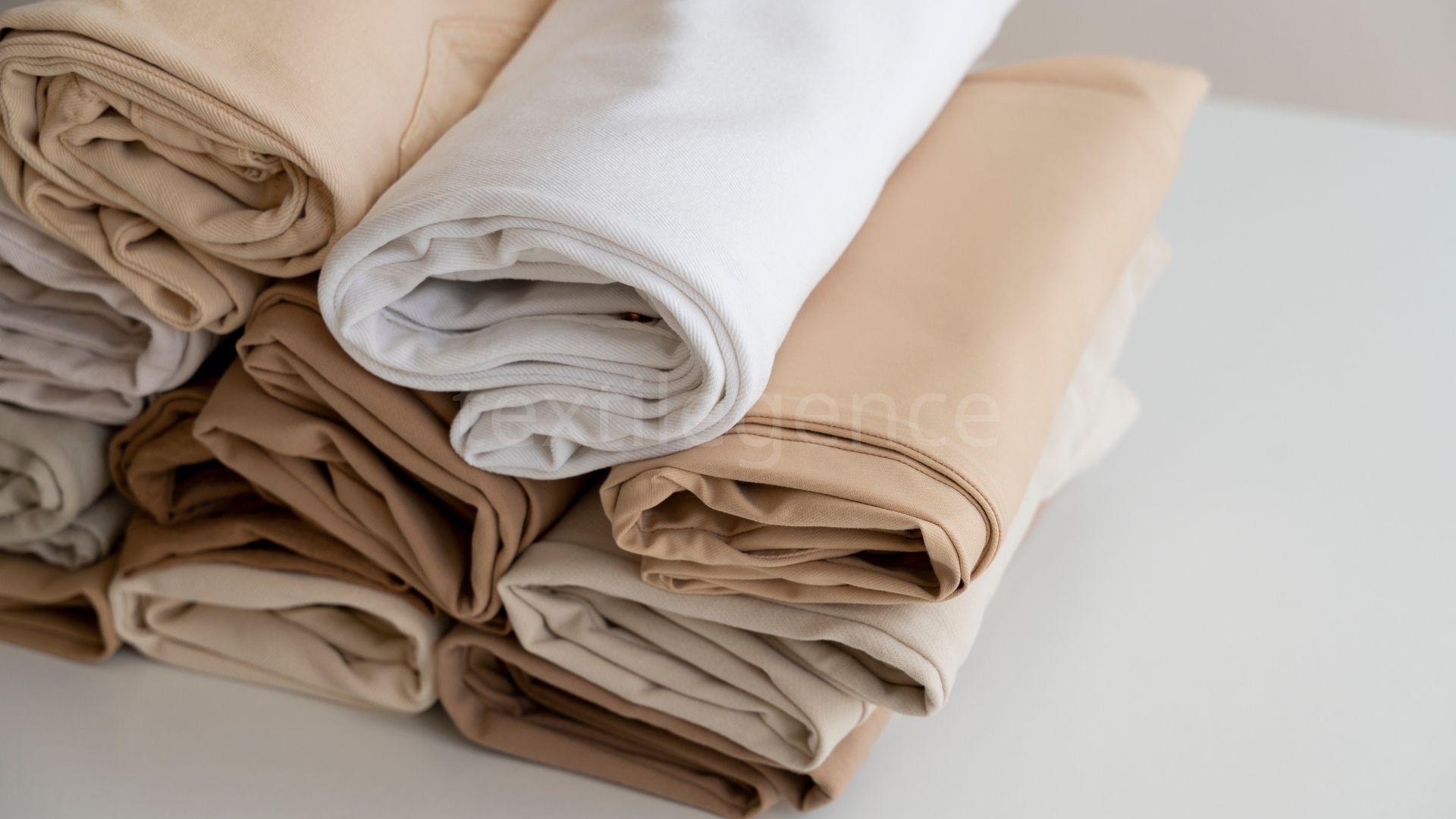International Cotton Advisory Committee (ICAC) announced that world production continues to outpace consumption this month, in the May 2025 report. In addition to the current developments and figures, the remarkable possibilities included here and gave the signal that the demand for US cotton could rise: “According to the Executive Orders by the US president, the textile products that primarily use US-sourced raw materials could be exempt from increased tariffs. This indicates that all the major countries that export to the USA will soon be scrambling to buy more US cotton which would require that traceability be enforced in the cotton industry.”
Cotton consumption has been under pressure for several years, facing heavy competition from cheaply available and widely produced manmade fibers. Adding to this equation, the cotton industry is also facing regulatory pressure to provide full traceability, sustainability, and compliance with labor regulations, among other things. Considering the complexity of the cotton value chain, the implementation of all these policy changes will be difficult and likely would add costs and audit fatigue to the value chain.
Significant changes in trade forecasts for cotton lint expected
World cotton lint production currently is estimated to be about 25.8 million tonnes roughly 7% higher than last season with major cotton producers like the USA, Brazil, and China reporting an increase from last season. World cotton consumption is estimated to be around 25.5 million tonnes, currently 2% higher than the last season, with consumption in China remaining unchanged and a slight increase in consumption outside China.
According to the report, trade has been revised downward to 9.45 million tonnes due to decreased import demand from China, which more than offsets any increase in imports from other regions. With tariff escalations, considerable changes in the trade forecasts and trade baskets for cotton lint in the coming months/seasons could be expected. Additionally, the cotton trade is already facing supply chain issues due to its highly fragmented industry structure, in addition to factors like the security issues on the Suez Canal and logistics delays.

Cotton consumption and sourcing likely to remain under pressure
More than half of world cotton lint stocks remains with China, enough to take care of its consumption needs. China is likely to import less cotton than last season, due to its existing reserves of cotton, domestic supply, and heavy use of manmade fibers. However, it is stated that it remains the world’s largest consumer of cotton, at about 8.3 million tonnes in 2024/25.
Imports from China are revised downward as China has imported around 881,176 metric tonnes of cotton in the 2024/25 season through February 2025. With five months remaining in the season, ICAC estimates that China won’t come close to last year’s import levels. Considering the tariffs that are in place, China is also likely to divert its cotton imports away from the USA and toward countries like Brazil and Australia.
Consumption outside China offers some positive news, with reports of boosts in the consumption capacity (and expected increase in imports) from Bangladesh, Egypt, Türkiye, India, and Vietnam.
Bangladesh is currently estimated become the world’s largest importer in 2024/25. The country is also under negotiations with the USA to allow US cotton duty-free access to mitigate effects of tariffs imposed against it. Bangladesh is also finalizing a dedicated bonded warehouse facility to be used for US cotton imports.
Egypt is expanding its domestic cotton consumption capacity and has invested roughly $1.1 billion in developing and modernizing its spinning and weaving hub in al-Mahala al-Kobra. Egypt’s imports have been revised upward this month, and the country is estimated to import more cotton to fuel its textile industry in the future.
Indonesia is not expected to retaliate against the tariffs imposed on it by the USA, instead considering an increase in US cotton lint imports to help revise the trade imbalance. The country is also considering a tax cut for US goods.
India, at this point in the 2024/25 season, has already consumed about 390,000 tonnes of cotton, which is about five times more than the amount it consumed in the first six months of last cotton season. In recent years, India has been expanding its consumption capacity and cotton lint imports, and is reportedly negotiating with the USA to potentially increase US cotton lint imports.
Pakistan has already increased US cotton imports in 2024/25 and could continue the trajectory. It is reportedly under negotiations to increase cotton and soybean imports from cotton to reduce its trade deficit with the USA.
Türkiye is largely unaffected by US tariff escalations and is expected to continue its current trajectory in the cotton lint trade.
Vietnam is likely to cut tariffs and import more cotton from the USA.
The ICAC Secretariat’s current cotton price forecast of the season-average A index for 2024/25 ranges from 79 cents to 88 cents, with a midpoint at 83 cents per pound.
In general, the ICAC report reveals that the cotton industry has become more sensitive to global and regional political developments than ever before.


